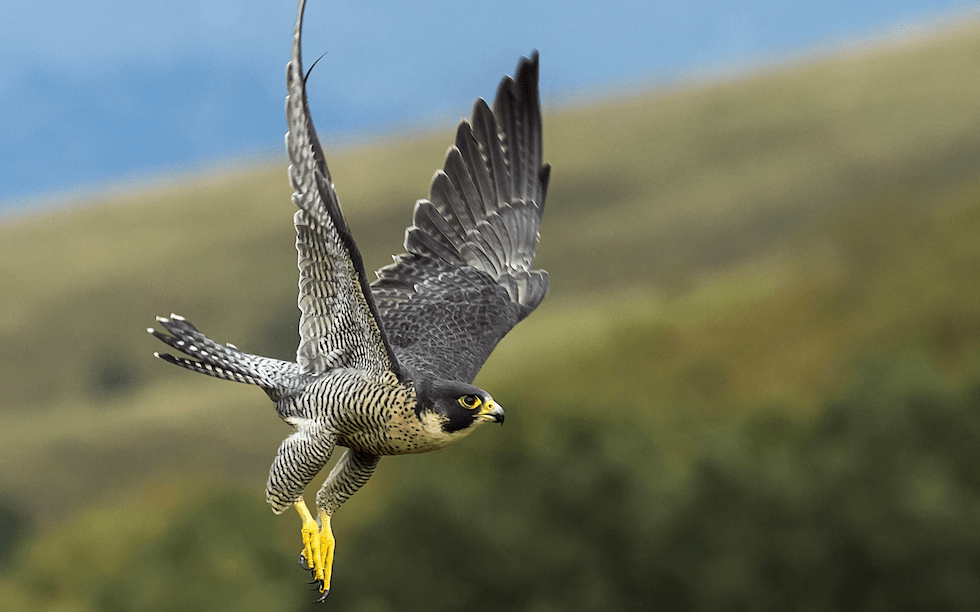Falcon flight inspires next generation aircraft
The Peregrine falcon’s status as elite predator has been enabled in part by its ability to adjust flight patterns at high and low speed, qualities that engineers want to replicate.

Scientists at BAE Systems and City, University of London have studied falcon flight and believe that evolution has given Falco peregrinus attributes that could be replicated and applied to aircraft within the next 20 years.
The scientists say they have developed several concepts following research into how the peregrine falcon is able to stay in control and airborne at speeds of up to 200mph, even in high winds.
The technologies being investigated include ‘sensory feathers’, which are based on a peregrine falcon’s ability to maintain flight stability at high-speeds.
When diving, the bird’s body is subjected to forces that are sensitive to small changes in its angle of attack. If the bird exceeds its optimum angle of attack by a small margin, feathers at the rear of its wings start to vibrate and send a signal via nerves in the body that warn of an impending tumble and fall from the sky.
Register now to continue reading
Thanks for visiting The Engineer. You’ve now reached your monthly limit of news stories. Register for free to unlock unlimited access to all of our news coverage, as well as premium content including opinion, in-depth features and special reports.
Benefits of registering
-
In-depth insights and coverage of key emerging trends
-
Unrestricted access to special reports throughout the year
-
Daily technology news delivered straight to your inbox










UK Enters ‘Golden Age of Nuclear’
Apologies if this is a duplicate post - a glitch appears to have removed the first one: > While I welcome the announcement of this project, I note...